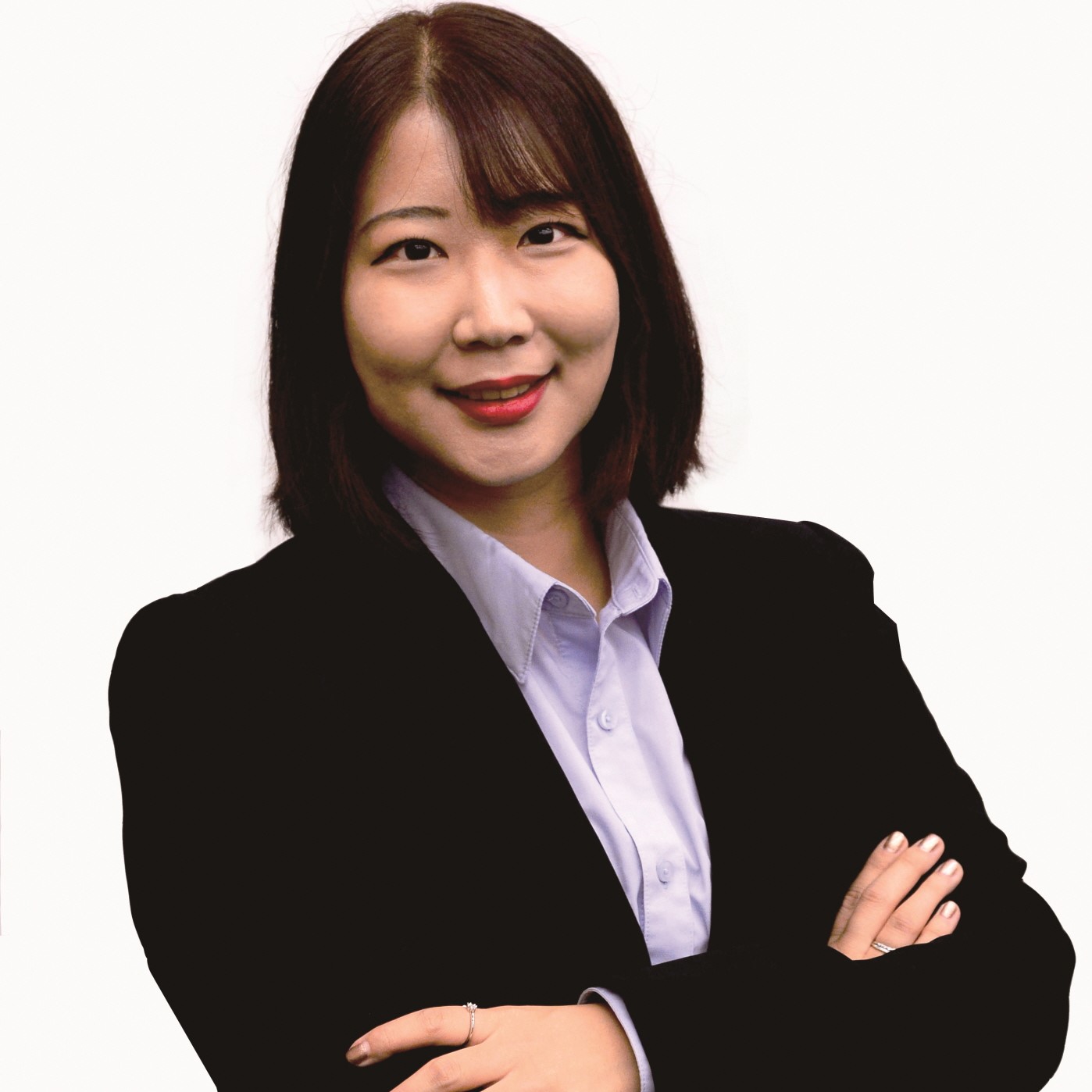
After South Korea’s benchmark Kospi hit the historic 3,000 mark a day before, the bull market continued unabated Thursday as it set a fresh record thanks to foreign and institutional investors who turned to net buyers.
The Kospi began at 2,980.75 in the morning, up 12.54 points or 0.42 percent from the previous session’s close. Within a minute of the market opening, it soon recovered to 3,000 points and then rose to its fresh high of 3,055.28 during intraday trading.
Fueled by institutional investors’ strong net purchases of nearly 1.29 trillion won ($1.18 billion) and foreigners who bought local shares worth 109.4 billion won, the index advanced more than 2 percent to close at 3,031.68 points. On the contrary, retail investors, key players in helping the index to cross the 3,000-point mark for the first time, turned to net sellers, dumping around 1.16 trillion won worth of shares.
It took about 13 years and five months for the Kospi to surpass the psychological threshold of 3,000 points at the closing bell after it first touched 2,000 points in July 2007, according to data from the nation’s sole bourse operator, the Korea Exchange.
The Kospi constituents’ combined market capitalization also reached an all-time high of 2,087 trillion won, crossing the 2,000 trillion won mark for the first time. It took 10 years and four months for the benchmark’s total market valuation to reach that level after first exceeding the 1,000 trillion won mark in September 2010, market data showed.
The Kospi has outperformed other global benchmarks since the pandemic started early last year. The index made the fastest recovery among its G-20 peers, surging 30.8 percent since it hit a yearly rock bottom of 1,457 points in March last year. As of Thursday, the Kospi had soared 16.5 percent since it set its first record high of 2,602.59 on Nov. 23.
The KRX attributed the recent rallies to the small investors’ buying binge. Their daily trading volume marked 8 trillion won last year, up 5.7 trillion won from the previous year. Of the total trading, the weight of retail investors in the market rose 18.3 percentage points on-year to 65.8 percent.
“Rising expectations of local firms’ business performance this year in line with exports recovery in semiconductor and secondary battery industries have led the manufacturing-centered Korea’s main bourse to surge lately,” a KRX official said.
The tech-heavy Kosdaq closed at 988.86, up 7.47 points or 0.76 percent from the previous session’s close. It started off at 983.28 and rose as high as 993.91 during the trading but erased some earlier gains as institutional investors sold a net 199.7 billion won.
The Korean won weakened 0.16 percent against the US greenback. The local currency closed at 1,087.3 won per dollar, from 1,085.6 won per dollar at the previous session’s close.
By Jie Ye-eun (yeeun@heraldcorp.com)
The Kospi began at 2,980.75 in the morning, up 12.54 points or 0.42 percent from the previous session’s close. Within a minute of the market opening, it soon recovered to 3,000 points and then rose to its fresh high of 3,055.28 during intraday trading.
Fueled by institutional investors’ strong net purchases of nearly 1.29 trillion won ($1.18 billion) and foreigners who bought local shares worth 109.4 billion won, the index advanced more than 2 percent to close at 3,031.68 points. On the contrary, retail investors, key players in helping the index to cross the 3,000-point mark for the first time, turned to net sellers, dumping around 1.16 trillion won worth of shares.
It took about 13 years and five months for the Kospi to surpass the psychological threshold of 3,000 points at the closing bell after it first touched 2,000 points in July 2007, according to data from the nation’s sole bourse operator, the Korea Exchange.
The Kospi constituents’ combined market capitalization also reached an all-time high of 2,087 trillion won, crossing the 2,000 trillion won mark for the first time. It took 10 years and four months for the benchmark’s total market valuation to reach that level after first exceeding the 1,000 trillion won mark in September 2010, market data showed.
The Kospi has outperformed other global benchmarks since the pandemic started early last year. The index made the fastest recovery among its G-20 peers, surging 30.8 percent since it hit a yearly rock bottom of 1,457 points in March last year. As of Thursday, the Kospi had soared 16.5 percent since it set its first record high of 2,602.59 on Nov. 23.
The KRX attributed the recent rallies to the small investors’ buying binge. Their daily trading volume marked 8 trillion won last year, up 5.7 trillion won from the previous year. Of the total trading, the weight of retail investors in the market rose 18.3 percentage points on-year to 65.8 percent.
“Rising expectations of local firms’ business performance this year in line with exports recovery in semiconductor and secondary battery industries have led the manufacturing-centered Korea’s main bourse to surge lately,” a KRX official said.
The tech-heavy Kosdaq closed at 988.86, up 7.47 points or 0.76 percent from the previous session’s close. It started off at 983.28 and rose as high as 993.91 during the trading but erased some earlier gains as institutional investors sold a net 199.7 billion won.
The Korean won weakened 0.16 percent against the US greenback. The local currency closed at 1,087.3 won per dollar, from 1,085.6 won per dollar at the previous session’s close.
By Jie Ye-eun (yeeun@heraldcorp.com)


















